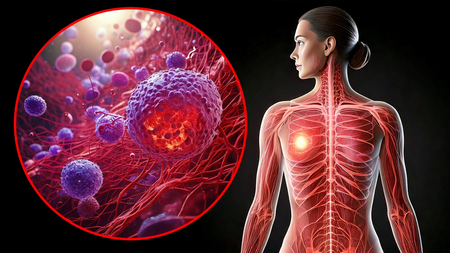Rourkela, 23 May (IANS). Researchers at the National Institute of Technology (NIT) Rourkela have designed a new type of semiconductor -based biosensor technology, which can easily identify breast cancer cells. This does not require any complex or expensive lab test.
The name of this device is ‘TFET’ (Tunnel Field Effect Transistor). It is built on the basis of TCAD (Technology Computer Aaded Design) simulation. This device is quite capable of identifying breast cancer cells.
FET technology is commonly used in electronic devices, but here it has been particularly changed to identify biological materials.
This biosensor does not require any chemical or label like traditional tests. It works based on the physical characteristics of cancer cells. Breast cancer tissue is more dense than normal tissues and rich in water. When microwave rays are put on them, their behavior is different. This difference is called ‘dialectric properties’, which makes it possible to differentiate between cancer and normal cells.
This research has been published in a journal called “Microsystem Technologies”. It states that this sensor can identify cancer cells named ‘T47D’ very accurately, as the density and dyelectric properties of these cells have more.
Prasanna Kumar Sahu, Professor of the Department of Electrical Engineering of NIT Rourkela, said, “To make this sensor, a small mouse was made inside the transistor, in which a sample of cells is placed. The sensor reads the power signals changes according to the characteristics of that sample and decides whether the cells are cancer or not. Eg. Cancer cells such as cancer cells. There is more, so the sensor easily recognizes them. “
Another specialty of this technique is that it is much cheaper than traditional test methods. It is less expensive than other TFET based biosensors.
This new technology can be very useful for future health services. This can make less cost, easily used devices, which will be able to identify breast cancer only – it is a hospital, mobile testing unit or a house.
Now the next step is that the research team is looking for partners to create this technique and its scientific confirmation.
-IANS
AS/








